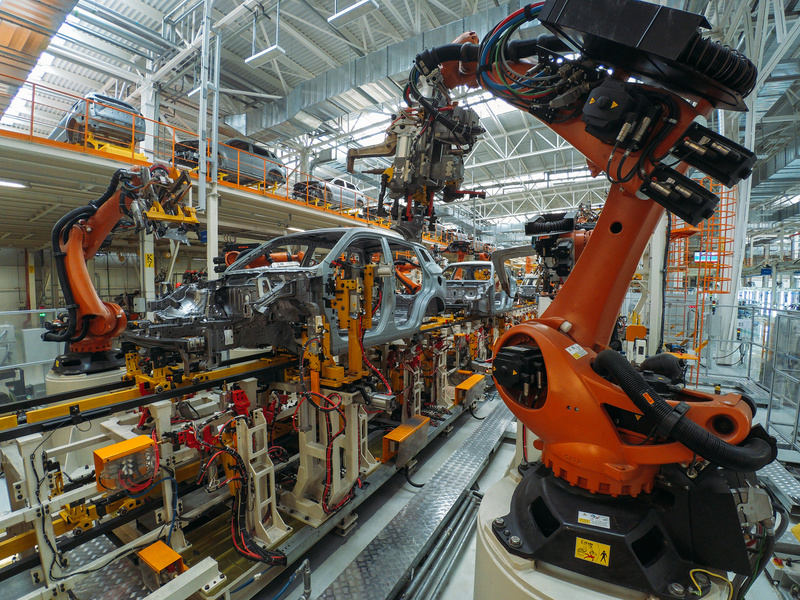Robotics in the construction market is getting a boost. According to new research from Markets and Markets, the market for construction robots is expected to increase to $166.4 million by 2023 from its current value of $60 million.
Robotics have started playing increasingly prominent roles in the construction industry. Autonomous vehicles and drones have been helping construction managers and workers on the job and reducing safety risks. AI has also improved communication and productivity.
ZDNet reports that construction sites offer a compromise for technology and construction workers. It’s the middle ground before robotics are fully introduced to roads and highways.
New legacy companies have been investing in robotics organizations like Sarcos and Ekso Bionics. Ekso Bionics, in particular, has designed new products allowing workers to carry heavy tools over their heads for long periods of time without injury.
Other companies have invested in drones to track progress on construction projects in near real-time. Built Robotics has been developing autonomous bulldozers and other construction vehicles.
What this new automation means for the construction industry’s workforce is unclear. The industry currently employs 10.3 million construction employees, but more than 40% were eliminated between April 2006 and January 2011.
A 2017 McKinsey report predicts that automation will replace up to 30% of jobs by 2030.
The report also said that 60% of today’s occupations have activities of which 30% could be technically automatable. For instance, automation could possibly take over horizontal directional drilling, which already uses advanced trenchless technology to create highway bores between 600 ft to 1800 ft.
Automation could also take over dangerous jobs such as shipping hazardous materials, over 3 billion tons of which are shipped every year.
Yet rather than panic over robots replacing human jobs, organizations like Chargehound are finding the areas where automation offers social and financial profits.
“Anybody who sells anything online … they’re looking for opportunities to improve margins, which are thin,” said Chargehound founder Mariam Dombrovskaja. “There’s a lot of opportunity to eliminate manual processes across the organization and shift valuable resources away from simple tasks to more value-added services.”
Dombrovskaja says it’s time for businesses to find the silver lining and make the most about of the emerging technological revolution. Three types of organizations who should consider automating, she says, are those with repeating tasks, tasks that require no human reasoning, and measurable tasks.
Organizations with employees from older generation may also want to consider automating. Younger Millennials and Generation Z may be more likely to train for jobs in Construction Robotics during High School and College, whereas older Millennials and Generation Xers may not have.
“I think we have an opportunity to do with this very important and probably disruptive technology what we should have done in the past,” said Lee Branstetter.
Branstetter is a research associate at the National Bureau of Economic Research and an economics and public policy professor at Carnegie Mellon University.
“[We need to] look ahead, figure out the occupational categories and industries likely to be disrupted before disruption really happens,” Branstetter said, “and then put in place public policies that cushion the negative impact on the minority of workers on whom the burden of disruption will disproportionately fall.”
Chargehound recently demonstrated its chargeback automation software on Tuesday, May 15 in a demo theater at the CNP Expo in Orlando, Florida.







